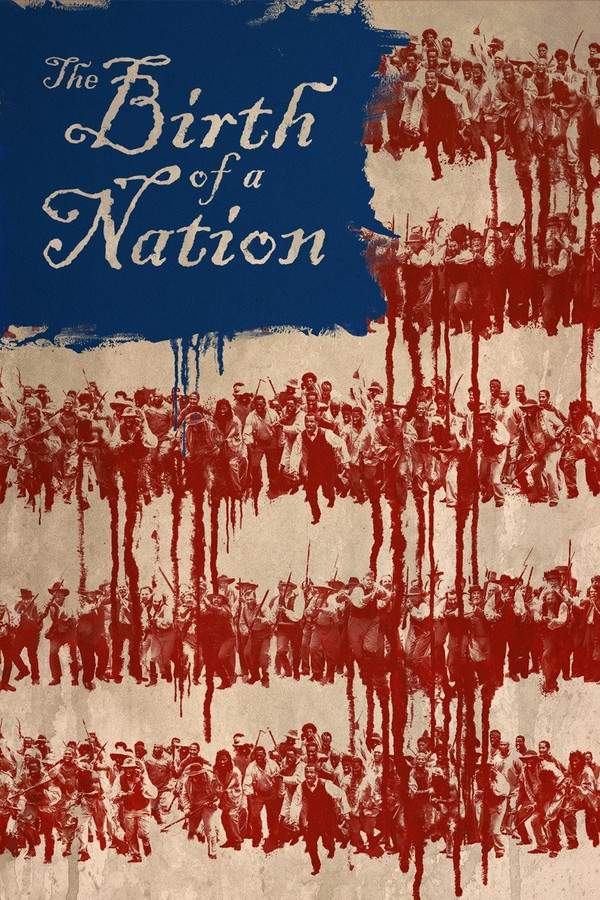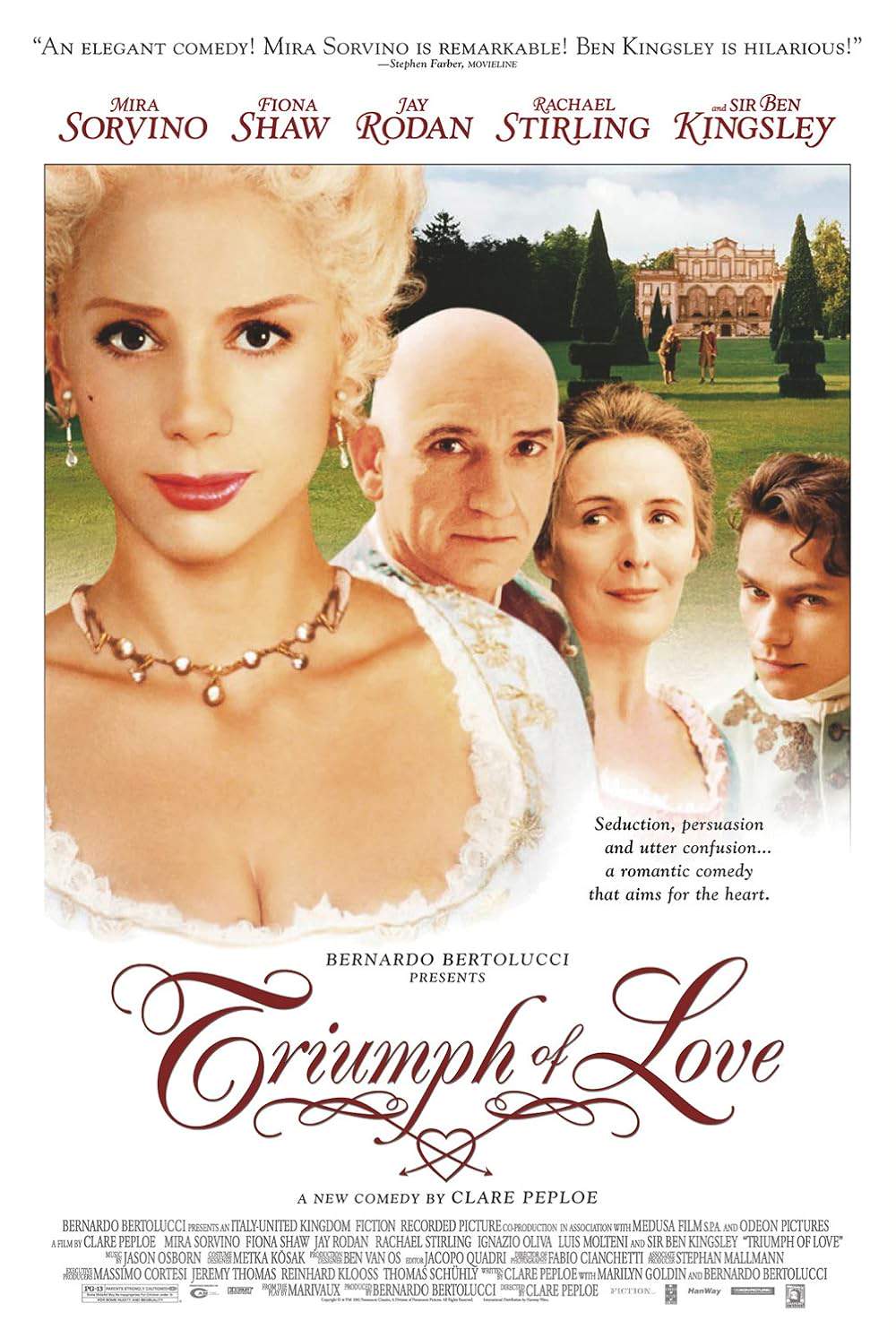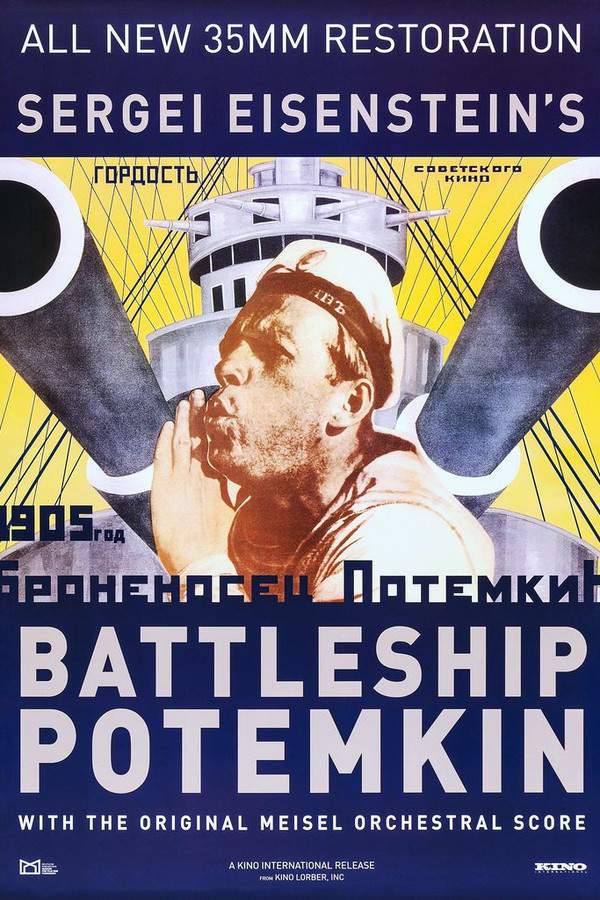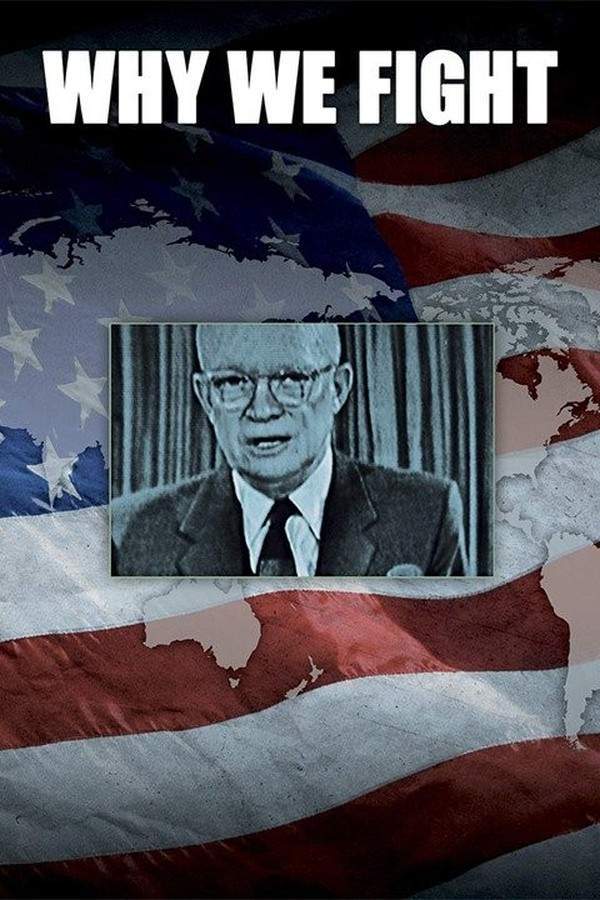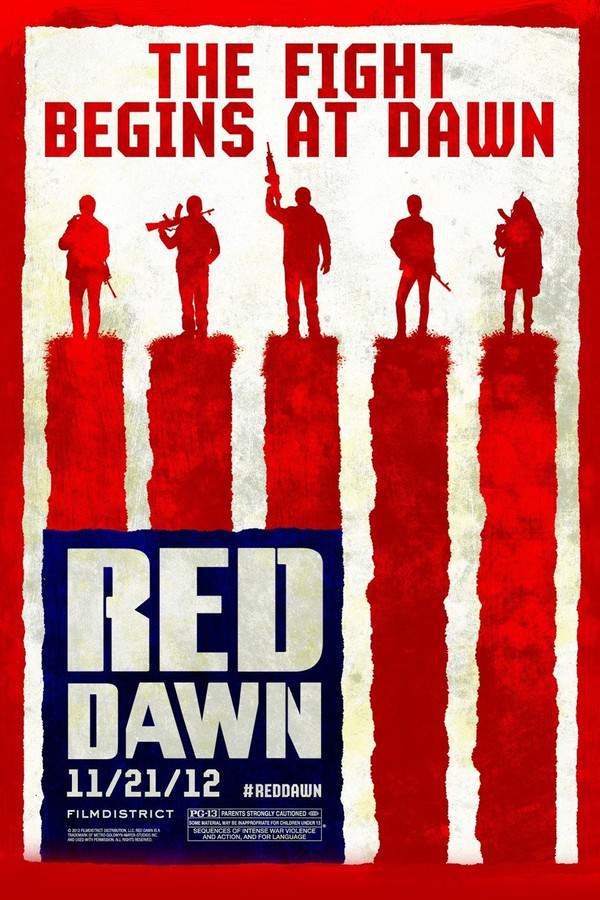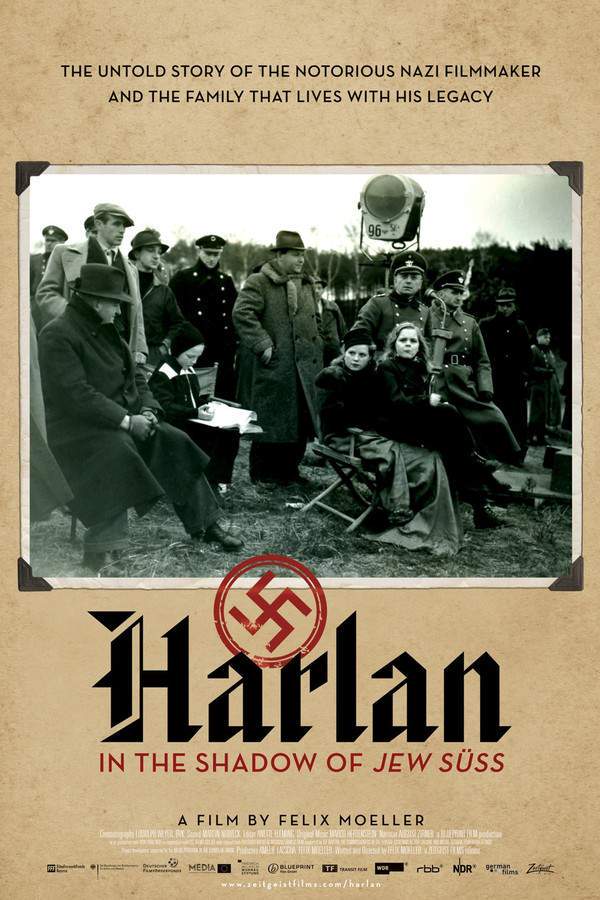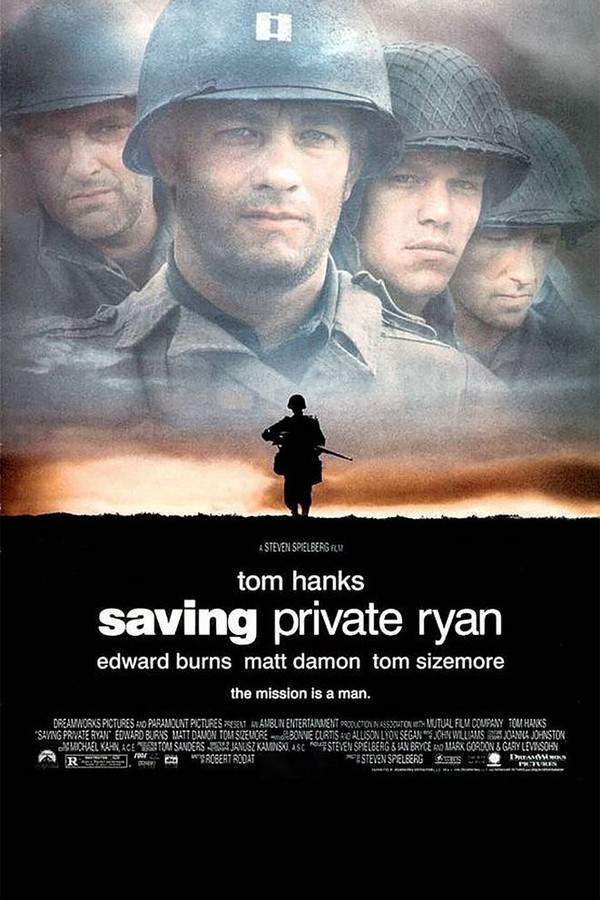What's After the Blog?
History • Cinema
The Role of Propaganda Films in Shaping History
Explore the profound impact of propaganda films on history and their enduring influence on modern cinema in our latest blog post at What's After the Movie.
July 14, 2024

Movies mentioned in this article
The Role of Propaganda Films in Shaping History
Introduction
Cinema, with its powerful visual and auditory appeal, has long been a tool for more than mere entertainment. It is a medium that can influence, persuade, and even manipulate viewers’ perceptions of reality. In this context, propaganda films have emerged as a significant genre. These films are not merely a reflection of the filmmaker’s vision but are often a deliberate attempt to shape public opinion, particularly during times of socio-political upheaval.
The term ‘propaganda’ might evoke images of overt and heavy-handed messaging. However, the art of persuasion in cinema is often subtle and sophisticated, weaving narratives that resonate deeply with audiences. From the early days of silent movies to the contemporary era of digital streaming, propaganda films have played a crucial role in shaping the historical narrative. While some films are blatant in their intentions, others embed their messages within layers of storytelling, influencing viewers in ways they might not immediately recognize.
The Emergence of Propaganda Films
Propaganda films have been a part of cinema since its inception, but they gained prominence during significant global events, such as wars and political revolutions. These films were not just about informing or misinforming the public; they were about rallying support, vilifying enemies, and shaping national identity. Early Examples and Their Impact:
- The Birth of a Nation (1915): This controversial film by D.W. Griffith, despite its reprehensible portrayal of African Americans and glorification of the Ku Klux Klan, is a seminal example of early propaganda in cinema. Its impact on public perception and its role in reviving the Ku Klux Klan in America cannot be overstated. The Birth of a Nation
- Triumph of the Will (1935): Directed by Leni Riefenstahl, this infamous Nazi propaganda film showcases the 1934 Nazi Party Congress in Nuremberg. It is a chilling example of how cinema can be used to glorify a regime and manipulate mass opinion. Triumph of the Will The Use of Cinema by Governments:
Countries around the world recognized the potential of films as a tool for propaganda. In the Soviet Union, filmmakers like Sergei Eisenstein were instrumental in creating films that not only served as propaganda but also as innovative cinematic works. Eisenstein’s Battleship Potemkin (1925), for instance, is a revolutionary propaganda film that has been celebrated for its groundbreaking montage techniques. Battleship Potemkin
In the United States, the government used Hollywood’s expertise during World War II to produce films that would bolster the war effort. Directors like Frank Capra created a series of films titled Why We Fight, which were designed to persuade American soldiers of the righteousness of their cause. Why We Fight Evolution in Techniques and Messaging:
The evolution of propaganda films mirrors the evolution of cinema itself. Early propaganda films often used straightforward techniques like heroic portrayals of leaders, clear demarcations of good and evil, and emotionally charged narratives. As audiences became more sophisticated, so did the techniques of propaganda. Modern propaganda films might not even be immediately recognizable as such, weaving their messages into complex narratives and character studies. The evolution of propaganda films is a testament to the enduring power of cinema as a tool for shaping public opinion. As we delve deeper into the role of propaganda films in history, it becomes clear that these films are not just footnotes in the annals of cinema but are pivotal players in the narrative of our collective past.
How Propaganda Films Influence Public Perception
The influence of propaganda films on public perception is profound and multifaceted. These films do not merely present information; they shape the viewer’s understanding of reality, often serving a specific political or ideological purpose. The power of these films lies in their ability to tap into emotions, create compelling narratives, and subtly alter perceptions. Psychological Impact:
- Emotional Manipulation: Propaganda films often use powerful emotional triggers to sway public opinion. For instance, Casablanca (1942), while primarily a romantic drama, subtly promoted anti-Nazi sentiments and portrayed the heroism of resistance during World War II. Casablanca
- Stereotyping and Enemy Creation: Films like Jud Süss (1940), a Nazi propaganda film, were used to foster anti-Semitic sentiments by depicting Jewish characters as villains, thus reinforcing harmful stereotypes. Jud Süss Narrative Construction:
- Propaganda films construct narratives that align with their intended message. This can be seen in the Soviet film Alexander Nevsky (1938), where the thirteenth-century Russian hero’s fight against the Teutonic Knights was used as an allegory for the Soviet Union’s contemporary struggles against Nazi Germany. Alexander Nevsky
- The narrative often revolves around clear moral binaries – good versus evil, us versus them – simplifying complex political and social issues into digestible and emotionally resonant stories.
The Role of Directors and Governments in Propaganda Filmmaking
The creation of propaganda films is often a collaborative effort between filmmakers and governing bodies. Governments have long recognized the potential of cinema to shape public opinion and have either directly produced films or collaborated with filmmakers to serve their agendas. Influential Directors in Propaganda Filmmaking:
- Directors like Leni Riefenstahl in Germany and Frank Capra in the United States played pivotal roles in their respective countries’ propaganda efforts. Riefenstahl’s Triumph of the Will and Capra’s Why We Fight series are prime examples of how filmmakers can collaborate with governments to produce impactful propaganda. Triumph of the Will | Why We Fight
- These collaborations often involved filmmakers who were sympathetic to or directly supported the government’s ideology, leading to films that not only informed but also inspired and mobilized the public. Government Initiatives:
- Governments have established specific departments or initiatives to produce propaganda films. For example, the Soviet Union had a state-controlled film industry that produced propaganda movies, while the United States established the Office of War Information during WWII to oversee the production of films that supported the war effort.
- The nature and content of these films varied depending on the political climate, the government’s goals, and the target audience. They ranged from blatant glorifications of leaders and ideologies to more subtle, narrative-driven films that sought to instill particular values and beliefs in the audience. Through the collaboration of governments and filmmakers, propaganda films have become a powerful tool in shaping public opinion and national identity. The impact of these films extends beyond their runtime, leaving a lasting imprint on the collective consciousness of societies.
”Why are propaganda films significant in historical contexts?”
Propaganda films hold significant value in historical contexts for several reasons. They serve as a window into the socio-political climates of their times, reflecting the prevailing ideologies, fears, and aspirations of societies. These films are not just entertainment products but are historical artifacts that offer insights into how governments and movements sought to influence public opinion and policy.
- Reflection of Societal Beliefs and Fears: Propaganda films often mirror the dominant ideologies and societal concerns of their era. For example, during the Cold War, American films like Red Dawn (1984) reflected the fear of Communist invasion, shaping the American public’s perception of the Soviet Union. Red Dawn
- Tool for Historians and Researchers: These films are invaluable resources for historians, providing direct evidence of how governments and organizations used media to sway public opinion. Analyzing these films helps in understanding the historical narrative, political strategies, and social dynamics of the time.
Propaganda films also offer a unique perspective on historical events, sometimes presenting alternative or unexplored viewpoints. Films like The Eternal Jew (1940), a German anti-Semitic propaganda film, although deeply disturbing, are crucial for understanding the extent of Nazi propaganda and its role in the Holocaust. The Eternal Jew
”How do propaganda films differ from other film genres?”
Propaganda films differ from other film genres in several key aspects. While most film genres aim to entertain, inform, or artistically express, propaganda films primarily aim to influence and persuade. Their content, style, and production are often directly influenced by political motives, making them distinct from other genres.
- Purpose and Intent: The primary distinction lies in the intent. Propaganda films are designed to persuade, often serving a specific political, ideological, or nationalistic purpose. This contrasts with genres like documentaries, which aim to inform, or dramas, which primarily seek to entertain and evoke emotion.
- Narrative and Stylistic Features: Propaganda films often employ specific narrative and stylistic features to achieve their persuasive goal. This includes the use of emotionally charged language, black-and-white moral framing, and heroic portrayals of certain characters or ideals. For example, The Great Dictator (1940) by Charlie Chaplin, while being a satire, uses its narrative to make a strong anti-fascist statement. The Great Dictator
The production and distribution of propaganda films are also often influenced or controlled by governmental or political groups, distinguishing them from other genres that are typically driven by artistic, commercial, or entertainment considerations. In conclusion, propaganda films stand apart from other film genres in their purpose, narrative style, and the context of their production. They are not just a form of entertainment but a tool for shaping perceptions and influencing historical narratives.
The Impact of Propaganda Films on Modern Cinema
The influence of propaganda films extends beyond their immediate historical context, leaving a lasting impact on modern cinema. These films have shaped filmmaking techniques, narrative styles, and thematic explorations, influencing generations of filmmakers and audiences.
- Influence on Filmmaking Techniques: Propaganda films were often at the forefront of experimenting with new cinematic techniques to effectively convey their message. For example, the use of montage in Soviet propaganda films, as seen in Eisenstein’s Battleship Potemkin (1925), has influenced editing techniques in contemporary filmmaking. Battleship Potemkin
- Narrative and Thematic Influences: Modern filmmakers often draw inspiration from the themes and narratives of propaganda films, albeit for different purposes. For instance, the themes of nationalism and heroism prevalent in many World War II propaganda films can be seen in contemporary war movies, albeit often with a more critical or nuanced approach. An example is Steven Spielberg’s Saving Private Ryan (1998), which, while not a propaganda film, employs similar themes of heroism and sacrifice. Saving Private Ryan
Propaganda techniques, such as the use of powerful imagery and emotive storytelling, have also been adopted in modern advertising and political campaigns, demonstrating the enduring influence of these films.
Propaganda Films: A Tool for Historical Analysis
Propaganda films are not only significant historical artifacts but also valuable tools for historical analysis. They provide unique insights into the cultural, political, and social dynamics of the periods they represent, offering a lens through which historians and scholars can examine past events.
- Cultural Insights: These films offer a glimpse into the cultural norms, values, and ideologies of the time. By analyzing propaganda films, historians can gain a deeper understanding of how societies were influenced and how they viewed themselves and others during different historical periods.
- Political and Social Dynamics: Propaganda films are often reflective of the political climate and social dynamics of their era. They can reveal much about the political strategies, propaganda techniques, and societal attitudes of governments and political movements. For instance, Leni Riefenstahl’s Olympia (1938) provides insights into the Nazi regime’s use of the Olympics for political propaganda. Olympia
Furthermore, these films are useful in educational settings, helping students and researchers understand the complexities of historical events and the role of media in shaping public opinion. As a tool for historical analysis, propaganda films offer an invaluable resource for understanding our past. They serve as reminders of the power of cinema in shaping not only entertainment but also political and social narratives.
Conclusion
In conclusion, the role of propaganda films in shaping history is profound and multifaceted. These films, often created under the influence of political and ideological forces, have played a crucial role in shaping public perception, national identity, and even foreign policy. They are not mere relics of the past but living documents that continue to inform and influence contemporary society and cinema.
Reflecting on the journey from the early days of cinema to the present, it’s evident that propaganda films have been instrumental in both reflecting and shaping the course of history. They have been a tool for governments and movements to communicate their message, rally support, and even alter the course of events. At the same time, these films provide invaluable insights for historians, filmmakers, and the public, offering a unique perspective on the times in which they were made.
The legacy of propaganda films extends into modern cinema, influencing not only the content and themes of contemporary films but also the techniques and approaches to storytelling. This legacy serves as a reminder of the power of cinema as a medium that can educate, inspire, and influence. As we continue to explore the vast expanse of cinematic history, these films stand as significant milestones, marking the intersection of film, history, and politics.
Invitation to Explore Further
As we conclude this exploration into the role of propaganda films in shaping history, we invite you to dive deeper into the world of cinema through our other blog posts. Discover more fascinating insights, explore hidden facets of your favorite movies, and uncover the stories behind the screen at What’s After the Movie. Join us on this journey through the captivating world of films, where every story, scene, and frame has a tale to tell.
Continue reading

What's After the Movie?
Not sure whether to stay after the credits? Find out!
Explore Our Movie Platform
New Movie Releases (2025)
Famous Movie Actors
Top Film Production Studios
Movie Plot Summaries & Endings
Major Movie Awards & Winners
Best Concert Films & Music Documentaries
Movie Collections and Curated Lists
© 2025 What's After the Movie. All rights reserved.

